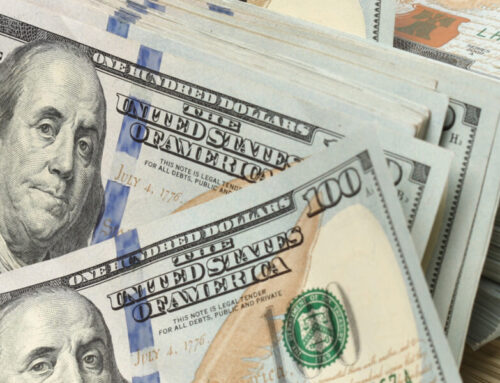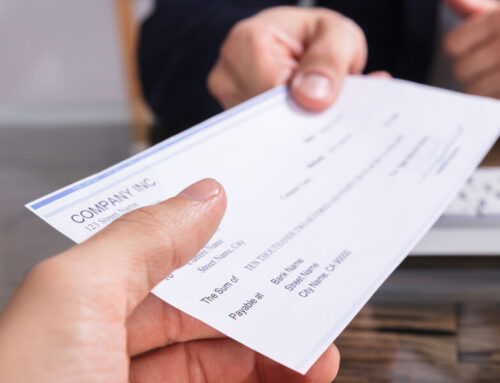Deciding which payment option to use is personal and fraught with pros and cons. Payment preference depends on lifestyle and opinion. Digital currency (commonly known as cryptocurrency) includes bitcoin and potentially Libra (a work in progress by Facebook’s owner Mark Zuckerberg). Plastic payment methods are usually debit and credit cards but can include gift cards and prepaid cards.
Digital currency
Many cryptocurrencies were intentionally designed to be secure and private. In addition, Bitcoin was built to be a competitive alternative financial system to banks, PayPal, credit cards, and national currencies. Some pros include:
- Low transaction costs
- Servicing the poor and oppressed
- Fast and secure transactions – your information cannot be stolen from vendors
- Offers complete control over money
- Not inflationary unlike national currencies
- A stimulus for financial innovation
- Is easy to learn and work with
Unfortunately, there are a few cons that come with digital currencies.
- Currently volatile with hopes it will level out as it increases in popularity
- Potential for security breaches on third party companies (such as online Wallet and Exchange services)
- Criminal exploitation of privacy – private spending opens the door to illegal activities
Plastic
ATM use is down 32 percent and less cash is being used, according to Visa. When stores were shut during COVID-19, most people turned to ordering online. To do so, debit or credit cards had to be used. There are also expectations that curbside pick up will be here to stay. Swipe fees vary on the type of card and size of merchant. This has created a lot of tension between merchants and credit card networks. Low-income populations are less likely to have a card as well due to credit history and inability to qualify. New to the United States, but pervasive elsewhere, are contactless cards. Apple Pay and Samsung Pay allow consumers to pay with a wave of their phone. Credit card networks promote these electronic payments as faster, more efficient, and cleaner.
Cash and coin
Cash and coin is by far the easiest for under-served and poor communities. The unbanked and underbanked population, making up 31.6% of American citizens, do not have reliable and affordable ways to cash checks. Banks have a lot of policies and fees that harm the poor and prevent them from utilizing services. Similarly, there is a disproportion of bank placement in low-income and colored communities.
However, across the country cash is used extensively for purchases under $10. Moreover, 42 percent of payments under $25 used cash. Recently Philadelphia, San Francisco, and New York passed legislation banning merchants from accepting only card and contactless payments. These cities joined New Jersey and Massachusetts.
“Consumer payment choice is critical,” Tetreault says.
One of the key reasons that experts don’t see a cashless future is that the pros don’t outweigh the freedom that would be taken away.
Unfortunately, there is now a shortage of US coins because of the pandemic. This puts a strain on those who pay mainly in cash or do not have exact change. Banks are forced to put limits on requests for coins. Even with this predicament, cash continues to be the most popular payment method – especially for the underbanked.
Takeaways
In conclusion, choice in payment options is critical in the United States. Cryptocurrencies are new enough to not be fully accepted without risk. As it gains popularity and use, however, expectations are that volatility will go down. Cash is still more private than cryptocurrencies but both are even more private and secure than using plastic payments. Legislation has been passed as early as 1978 in Massachusetts to prevent merchants from banning cash. Cash payments won’t be leaving any time soon. Overall, each payment options depends vastly on lifestyle and opinion.





